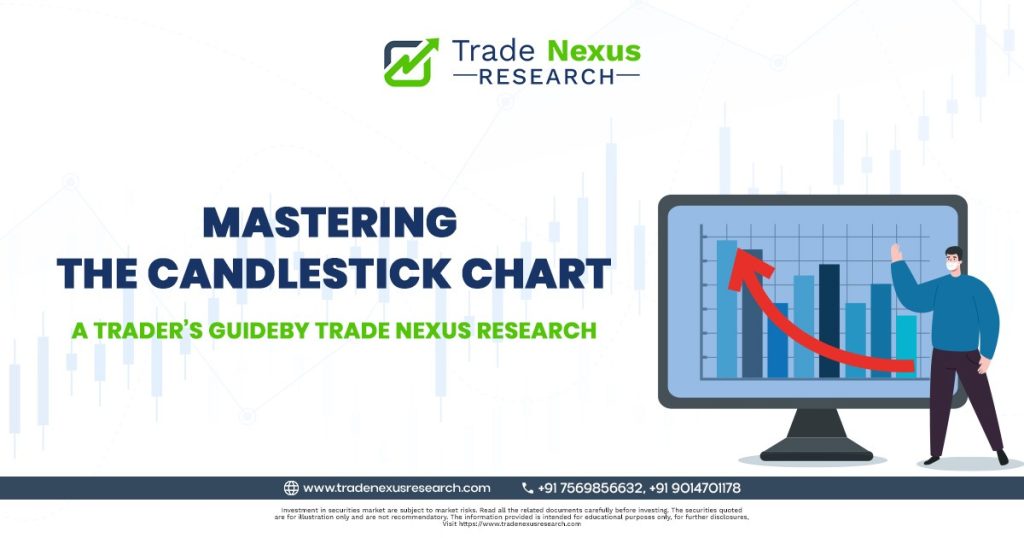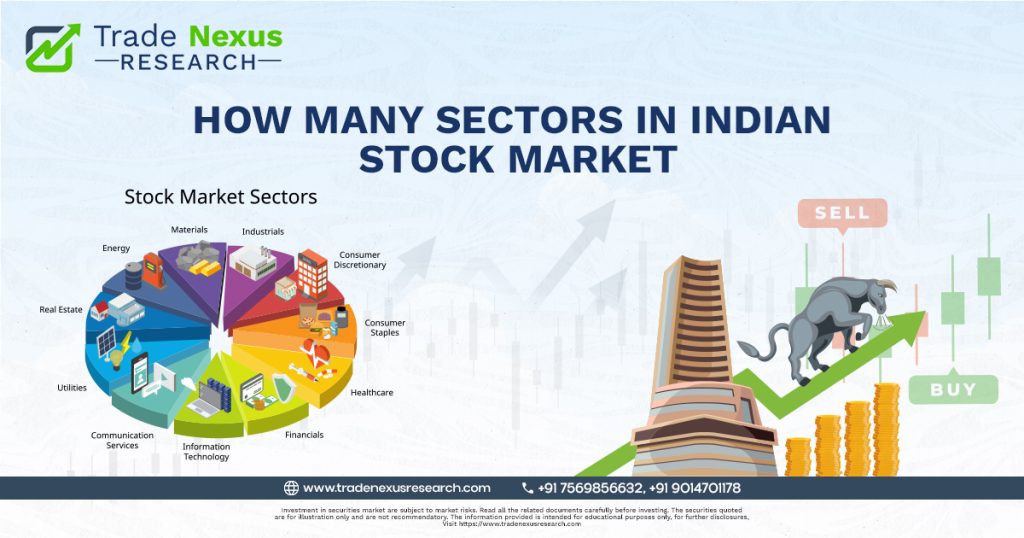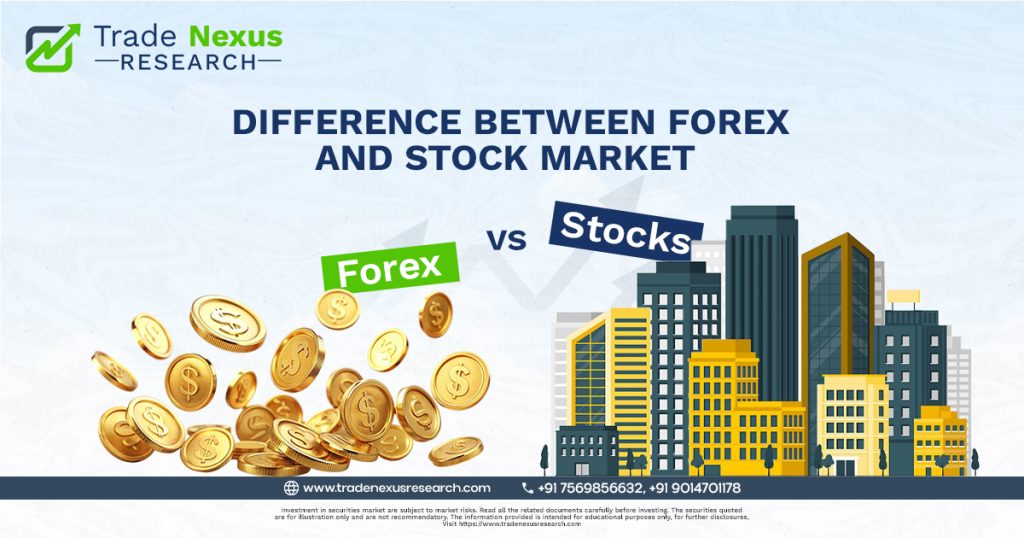
Introduction to Candlestick Charts
Candlestick charts are more than decorative visuals—they are insightful tools that tell the story of market sentiment and price movements. Whether you’re a novice or a seasoned trader, learning to read a candlestick chart can significantly improve your decision-making process. In this guide, we’ll explore the structure, history, types, and applications of candlestick charts, giving you practical strategies to elevate your trading skills.
Originating in 18th-century Japan, candlestick charting was first used by rice traders to forecast market behavior. The technique was later introduced to Western markets by Steve Nison, who played a key role in popularizing its terminology and applications.
Today, candlestick charts are a staple in technical analysis across global markets, including stocks, forex, crypto, and commodities. They provide traders with a detailed view of price action, helping them interpret trends, reversals, and key market signals with greater clarity.
What Is a Candlestick Chart?
A candlestick chart displays the open, high, low, and close (OHLC) prices of an asset for a specific time interval. Each “candle” represents that period’s price movement—its body showing the range between the opening and closing prices, while the wicks (or shadows) reflect the highs and lows.
This format gives traders a more comprehensive view than basic line charts, making it easier to assess momentum, volatility, and market direction at a glance.
Key Candlestick Patterns Every Trader Should Know
What makes candlestick charts powerful is the recognizable patterns they form. These patterns reflect the ongoing tug-of-war between buyers and sellers and can help forecast short-term price direction. They are typically classified into bullish (indicating potential upward movement) and bearish (suggesting downward movement) patterns.
Bullish Patterns
- Hammer: Appears at the end of a downtrend; small body with a long lower wick. Indicates a possible reversal to the upside.
- Bullish Engulfing: A large green candle that fully encompasses the previous red candle. Often signals a bullish reversal.
- Morning Star: A three-candle formation signaling a transition from bearish to bullish sentiment.
- Piercing Line: A two-candle setup where the second candle closes above the midpoint of the first red candle, hinting at buyer strength.
Bearish Patterns
- Shooting Star: Forms after an uptrend; small body and a long upper wick suggest a potential reversal downward.
- Bearish Engulfing: A strong red candle that completely engulfs the prior green candle, often signaling selling pressure.
- Evening Star: The bearish counterpart to the Morning Star, pointing to a potential trend reversal.
- Dark Cloud Cover: A red candle that opens above and closes below the midpoint of the prior green candle—often a warning sign of weakening bullish momentum.
Types of Candlestick Charts
While traditional candlestick charts are the most widely used, several alternatives exist, each offering distinct benefits:
- Standard Candlestick Chart: Displays OHLC data with clarity and detail.
- Heikin Ashi: Smoothens price action by using averaged values, helping to filter out market noise.
- Renko Chart: Focuses on price movement rather than time, filtering minor fluctuations to highlight major trends.
- Bar Chart: Similar to candlesticks but uses lines and ticks instead of colored candles.
- Line Chart: Connects closing prices, offering simplicity but limited detail.
Each format serves different trading styles, but traditional candlestick charts remain the go-to for clarity in real-time price analysis.
How Traders Use Candlestick Charts
- Identifying Trends: Traders use candlestick charts to determine whether an asset is trending upward, downward, or consolidating. A sequence of green candles usually signals bullish momentum, while a streak of red candles may point to bearish conditions.
- Spotting Entry and Exit Points: Recognizing candlestick patterns around support or resistance zones helps traders time their trades more accurately. For instance, a bullish engulfing pattern near a support level could suggest a buying opportunity.
- Risk Management: Candlestick patterns help refine stop-loss and take-profit placements. Patterns like dojis or reversal setups near key levels often indicate potential turning points, aiding in risk-reward assessments.
- Confirming Technical Signals: Candlestick charts are often paired with indicators like RSI, MACD, and Bollinger Bands to confirm market signals and reduce false entries.
- Day Trading and Scalping: For short-term strategies, such as intraday trading, 1-minute or 5-minute candlestick charts provide actionable insights into real-time market movements.
Best Practices for Using Candlestick Charts
- Zoom Out Before Making a Move: Analyze higher timeframes to understand the broader trend before acting on short-term setups.
- Look for Confluence: Combine candlestick patterns with indicators, support/resistance zones, or volume for stronger confirmation.
- Don’t Chase Every Pattern: Focus on patterns that appear at key market levels and have strong context.
- Backtest Your Strategy: Use historical chart data to validate your candlestick-based trading setups before applying them live.
- Stay Informed: Continue learning and adapting—markets evolve, and so should your approach.
Final Thoughts
Candlestick charts are more than technical visuals—they are a window into market behavior and trader psychology. Whether you’re trading crypto, stocks, or forex, mastering candlestick chart analysis can give you a strategic edge.
At Trade Nexus Research, we’re dedicated to empowering traders with practical insights, proven strategies, and expert guidance. The more fluent you become in interpreting candlestick charts, the better equipped you’ll be to trade with confidence and precision.
Trade smarter. Trade with clarity. Let candlestick charts guide your journey.


